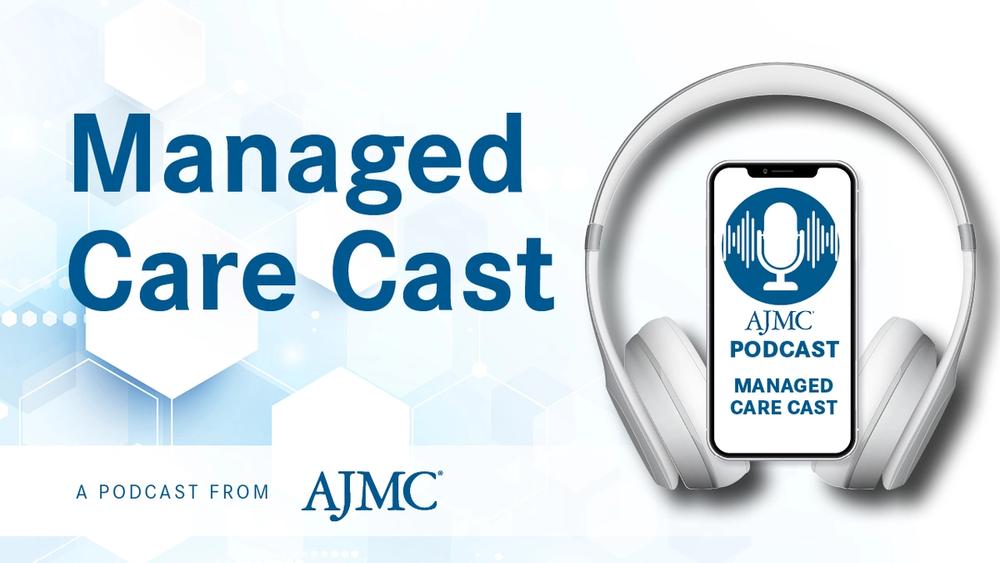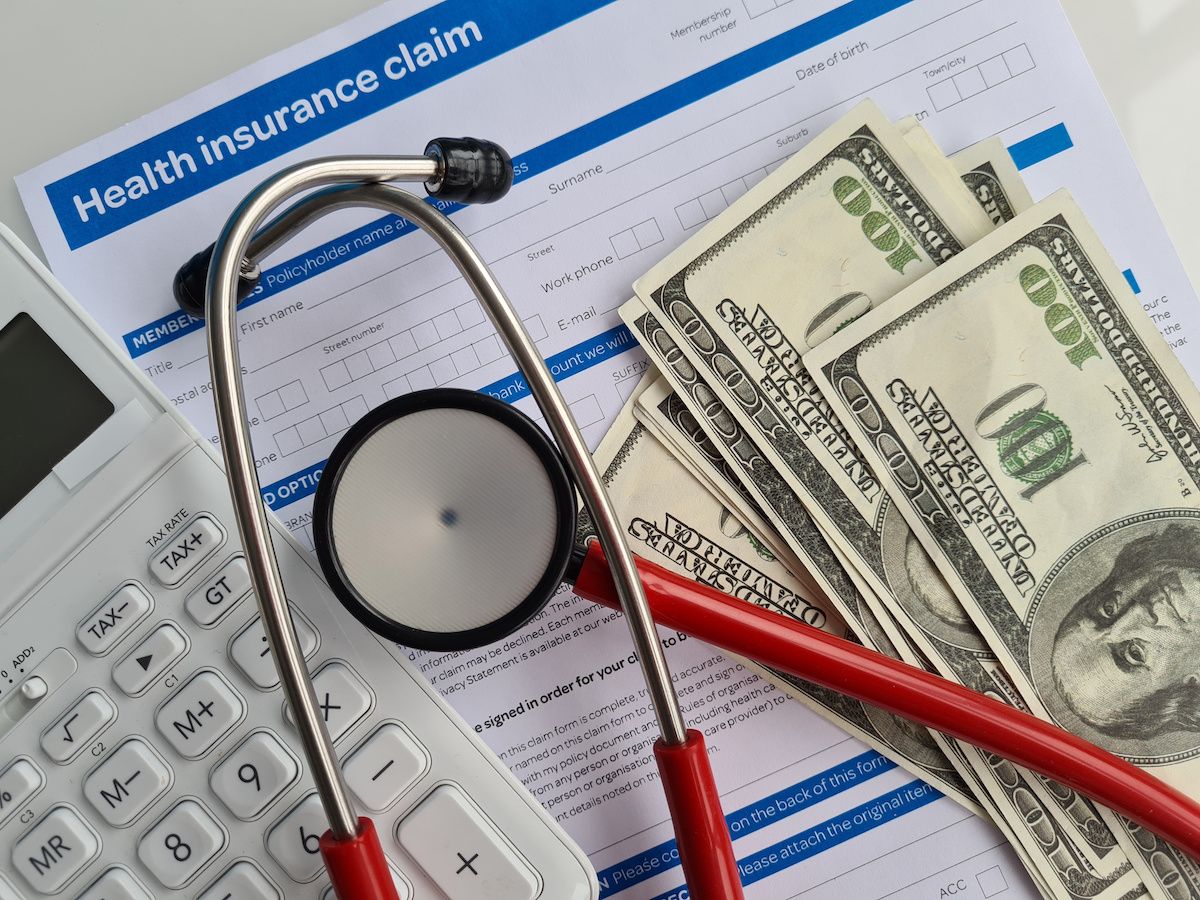News
Article
How Price Caps on Hospital Services Could Have Saved New Yorkers Over $1 Billion
Author(s):
Key Takeaways
- Capping commercial payments at 150% of Medicare rates could save New York over $1 billion annually in health care costs.
- The Fair Pricing Act promotes site-neutral payment policies, ensuring consistent costs for routine medical services across different settings.
If enacted in 2022, the Fair Pricing Act could have saved patients up to $213.4 million in out-of-pocket costs, research says.
New York’s Fair Pricing Act could have saved more than $1 billion in health care costs in 2022 alone if it were implemented then, according to a new report from Brown University School of Public Health.1
The research, commissioned by the 32BJ Labor Industry Cooperation Fund, found that capping commercial payments for routine medical services at 150% of the Medicare rate would have reduced spending by nearly 20% of the state’s total revenue for these services. Researchers also found this price cap could save New York patients anywhere from $168.9 million to $213.4 million in lower out-of-pocket costs.
What Is the Fair Pricing Act?
The study examined the potential impact of the Fair Pricing Act (S705/A2140), which aims to establish site-neutral payment policies in New York, ensuring that routine medical services—such as primary care visits, pediatrician appointments, x-rays, MRIs, immunizations, and lab work—cost the same regardless of where they are performed.2
The Fair Pricing Act could have saved patients up to $213.4 million in out-of-pocket costs. | Image credit: Nuttapong punna – stock.adobe.com

Under the current system, commercial insurers often pay far higher rates for services at hospital outpatient departments than they do for the same procedures at independent facilities.3 If passed, the Senate bill would ensure that providers who contract with insurance plans cannot charge more than 150% of what Medicare pays for the same services.2 The bill also aims to ban extra facility fees for these services and improve pricing transparency by requiring payers and providers to report their rates publicly, and violations could result in penalties.
According to a Politico poll of 1000 registered New York voters, 89% of them support the bill and 56% strongly support it.4 The bill maintained at least 84% support regardless of vote gender, race, political party, and region of New York.
“Site-of-care payment differences have fueled increased healthcare spending and contributed to the growing trend of hospital acquisition of physician practices,” Christopher Whaley, PhD, associate professor of health services, policy and practice at the Brown University School of Public Health and author of the study, said in a news release.5 “Establishing a payment cap is an innovative example of how employers and government institutions can take meaningful steps to control hospital prices and spending without adversely affecting patient access to care.”
More Key Payment Gaps
The study also highlighted stark regional disparities in health care pricing across the state of New York.1 In some areas, hospital outpatient departments charged more than 7 times the Medicare rate for routine services. The highest markups were found in North County, where routine services cost 725% of Medicare office rates, and in Mohawk Valley, where they were 678% higher. On average, prices for low-complexity services performed in hospital outpatient settings were 4.2 times higher than those charged by independent physicians.
Beyond the impact on consumers, researchers found that capping prices at 150% of Medicare rates would significantly reduce government health care expenditures. The New York City Health Benefits Program and the New York State Health Insurance Program, which provide coverage for government employees and retirees, could have saved a combined $228.2 million in 2022 under the proposed cap.
The analysis was based on 2022 commercial claims data from the Health Care Cost Institute, which aggregates data from major insurers such as Aetna, Humana, Kaiser Permanente, and Blue Cross Blue Shield.5 According to the news release, the dataset represents about 30% of the commercially insured population in New York and includes more than 17 million outpatient claims. The study also utilized data from the Medicare Physician Fee Schedule and the Medicare Ambulatory Surgery Center payment system to estimate potential savings under a site-neutral payment policy.
References
- Murray R, Janjua H, Whaley C. Estimating savings from the fair pricing act and commercial site-neutral payments in New York state. 32BJ Labor Industry Cooperation Trust Fund. February 11, 2025. Accessed February 11, 2025. https://drive.google.com/file/d/1ByF77uAu7vRLO8VQ9zH0iCwv_WV3jVaa/view?pli=1
- Relates to fair pricing for low-complexity, routine medical care, S 705, 119th Cong (NY)
- Levinson Z, Neuman T, Hulver S. Five things to know about Medicare site-neutral payment reforms. KFF. June 14, 2024. Accessed February 11, 2025. https://www.kff.org/medicare/issue-brief/five-things-to-know-about-medicare-site-neutral-payment-reforms/
- Tulchin B, Bullis K, Teter C; Tulchin Research. Polling in New York finds overwhelming support for “fair pricing act” legislation. Tulchin Research. January 17, 2025. Accessed February 11, 2025. https://www.politico.com/f/?id=00000194-957c-dbde-a7d6-f57ff17e0000
- Under fair pricing act, price caps for non-complex care at hospitals could have saved New Yorkers more than $1 billion in one year. News release. Brown University School of Public Health. February 11, 2025. Accessed February 11, 2025.




